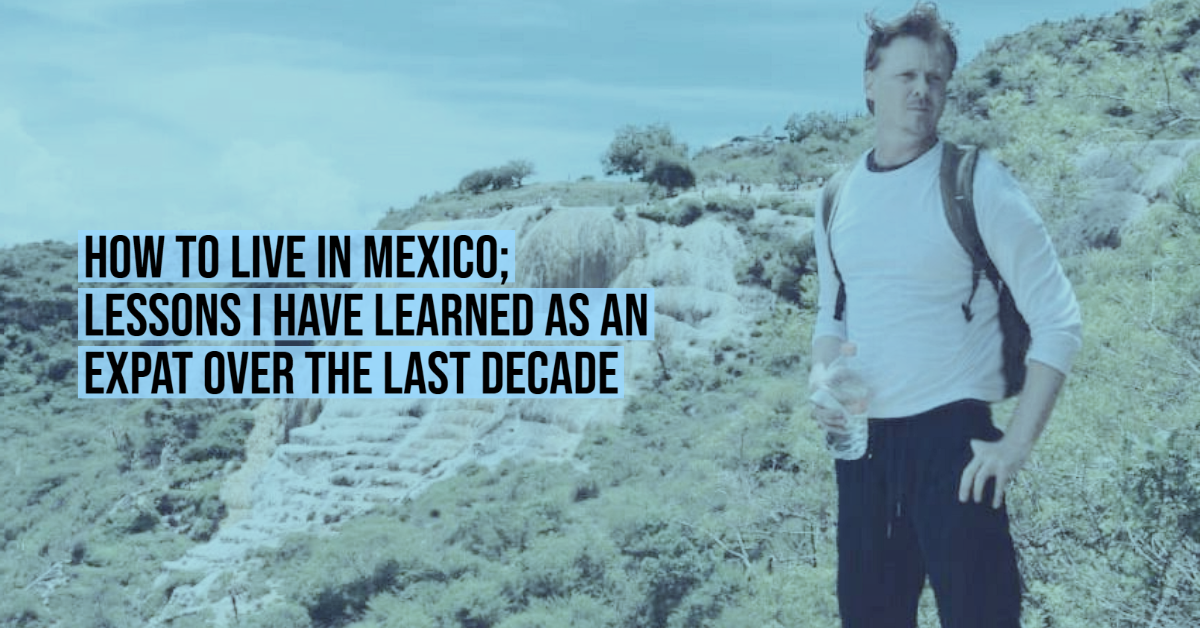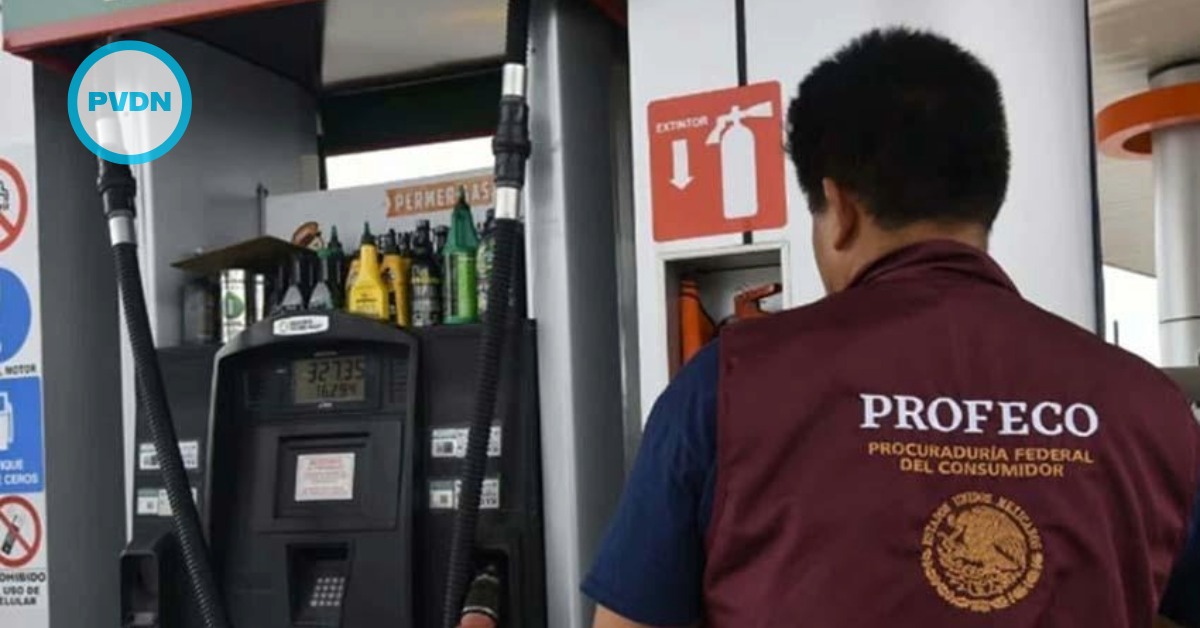I want to start this post by saying my experiences as an expat are unique to me.
I moved to Mexico in 2010 and never looked back. I have returned to the United States only twice in the last decade, and while my life experiences are probably unique from most foreigners who move to Mexico, most of us face similar challenges as expats around the world.
My personal life and experiences probably benefited my transition to living in a foreign country.
I am from the United States, but I never felt . . .






